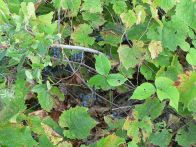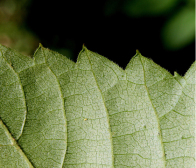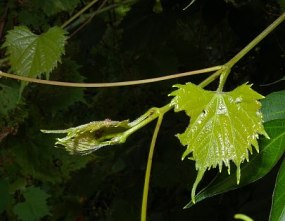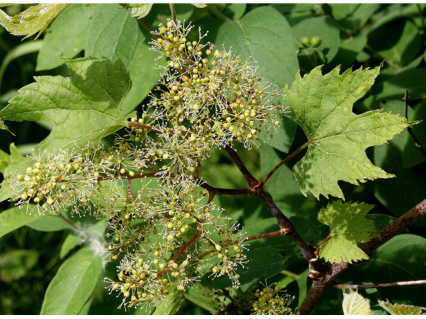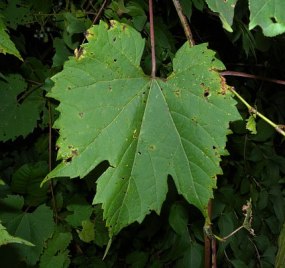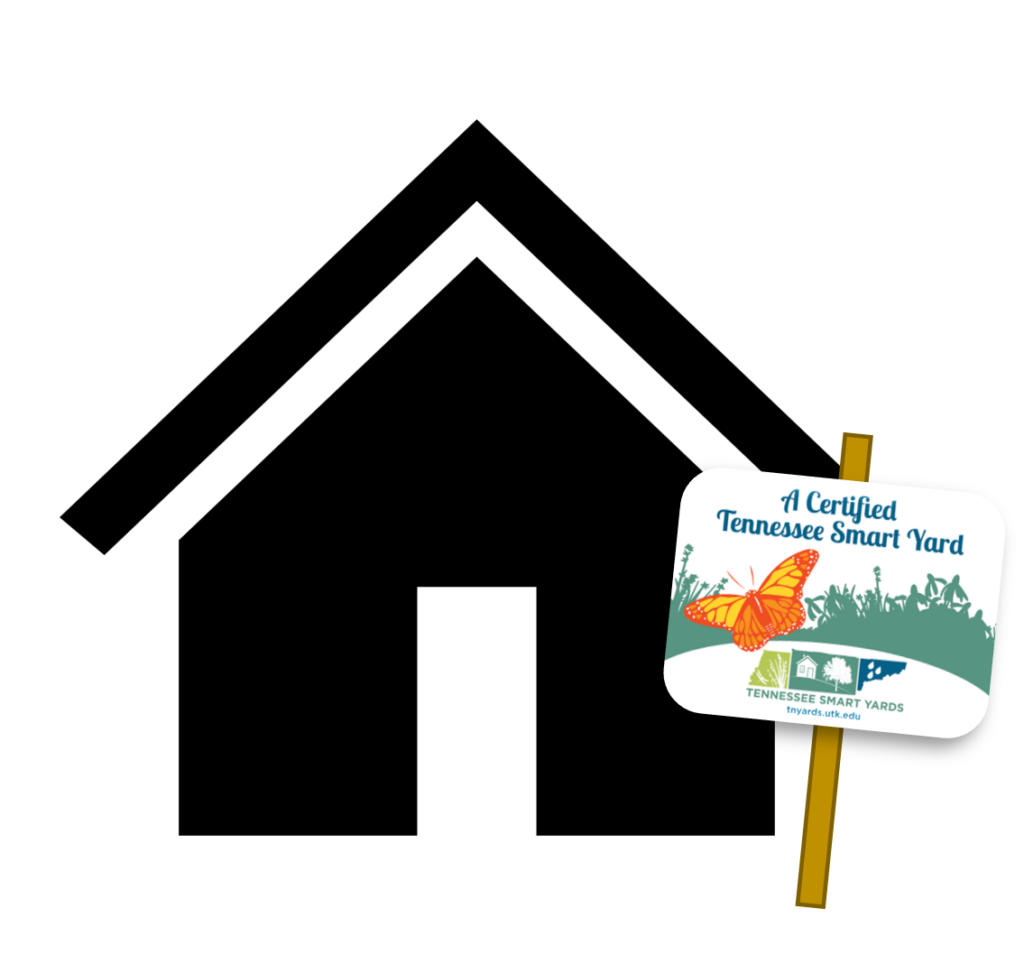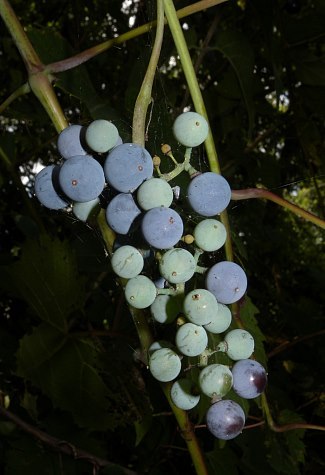
Common Name: Riverbank Grape
Full sun to shade; wet to dry moisture level; prefers rich soil but tolerates coarse sands and gravels, sandy loams to fine silt loams, heavy silts, silty clay loam and stiff clays; prefers slightly acid to neutral pH but tolerates alkaline.
35 feet or more in height; blooms in May and June; yellow green flowers; blue-black fruit in late summer.
Growth Rate: Very fast
Maintenance: Infrequent disease and insect problems. Any pruning best done in winter when plants are dormant; otherwise they bleed profusely (however it is not fatal).
Propagation: Seed germination code C(60-120) at 41 degrees F. 41%-96% germination in 13-16 days. If seed is sown outside, can sometimes take 12 months to germinate. Can also be propagated by cuttings of mature wood from the current season’s growth.
Native Region: Occurs in only 10 counties, limited to the Coastal Plain, Highland Rim, and Central Basin provinces
High-climbing vine that drapes over trees with long, leggy stems. Brownish-red exfoliating bark. Very fragrant flowers and clusters of of bluish-black grapes (technically berries) are the plant’s showy characteristics. Requires warm, sunny location for good berry production. Very tolerant of flooding and sometimes occurs in wetlands. Long-lived. Can be weedy. Fruit is a favorite food of songbirds, upland game birds, waterfowl and mammals.
